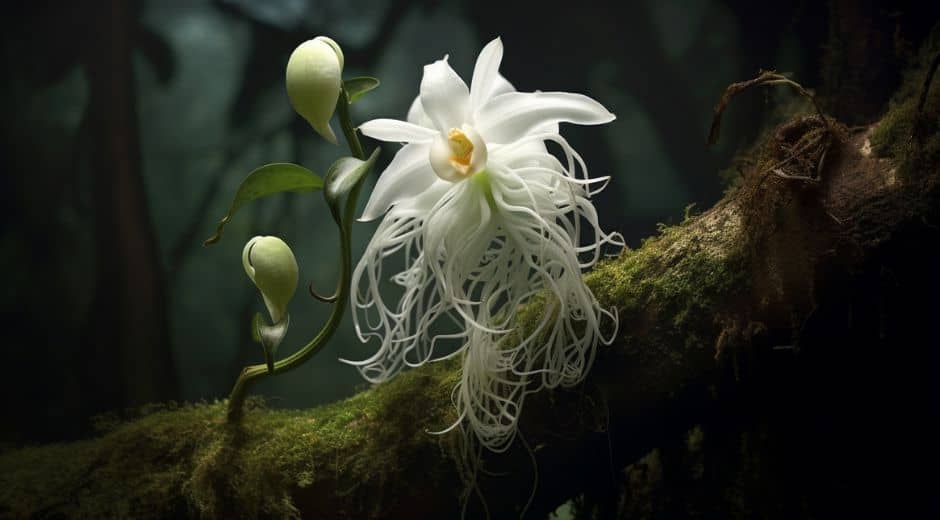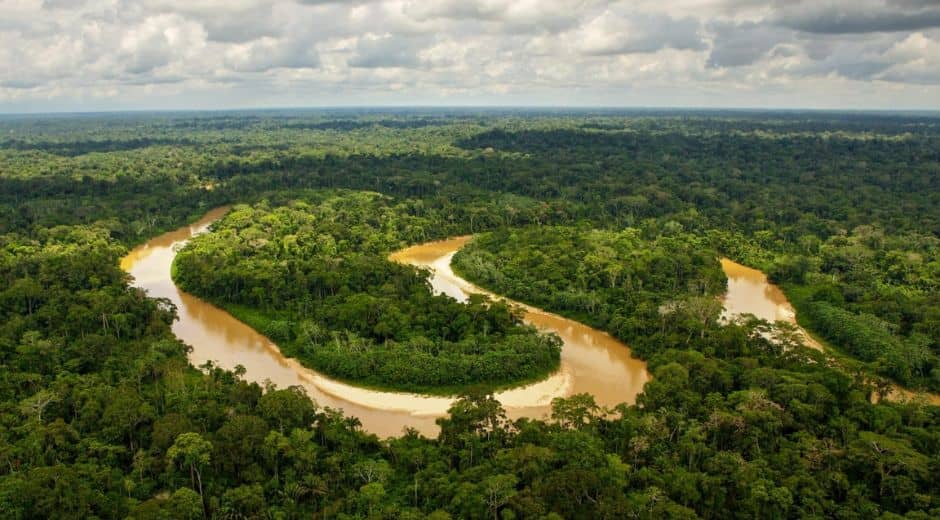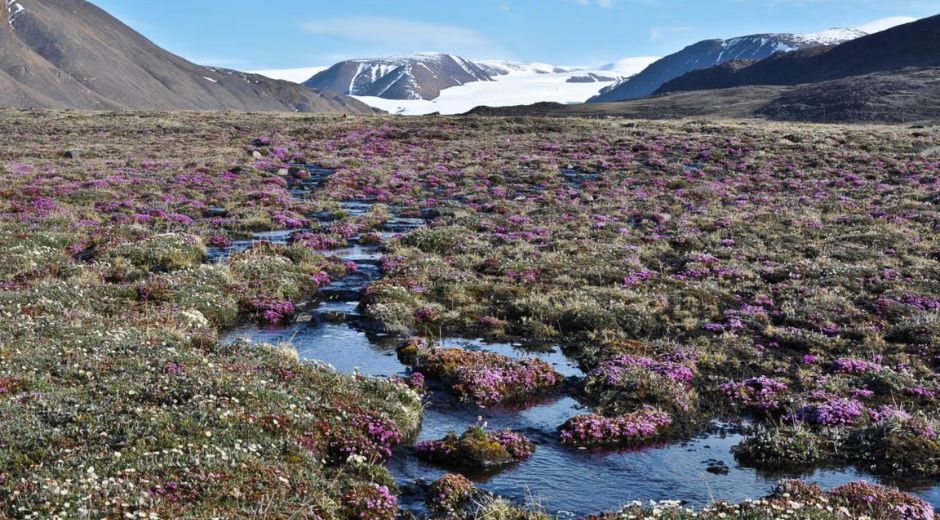Photosynthesis: The Secret Engine of Plant Life
Every forest, meadow, and garden thrives thanks to one quiet miracle: photosynthesis. It is the process that allows plants to turn sunlight into energy, creating oxygen and nourishment for nearly every living organism on the planet. Without it, life as we know it would simply not exist.
In this article, we’ll explore how photosynthesis works, why it’s so important, and how protecting green life ensures a healthier future for all.
What Is Photosynthesis?
Photosynthesis is nature’s most powerful chemistry. Through this process, plants, algae, and some bacteria use sunlight, water, and carbon dioxide to produce glucose and oxygen. The equation is simple, but the impact is massive.
Sunlight provides the energy, chlorophyll captures it, and the plant transforms it into the fuel it needs to grow. The byproduct — oxygen — becomes the foundation for all animal and human life.
Each leaf acts like a miniature solar panel, capturing light energy and storing it in chemical form. This is how entire forests breathe life into the planet.
Why Photosynthesis Matters
The significance of photosynthesis extends beyond plants. It maintains the balance of gases in our atmosphere, provides food for herbivores, and regulates climate stability. Every fruit, grain, and vegetable we consume originates from this process.
When a forest thrives, it’s because millions of plants are continuously converting carbon dioxide into oxygen. This natural cycle is one of the planet’s most effective defense systems against global warming.
According to Britannica, around 90% of the world’s oxygen production depends on photosynthetic organisms, especially phytoplankton in the oceans.
The Invisible Connection Between Plants and Animals
The relationship between green life and animal life is beautifully simple: what plants produce, animals consume. Through photosynthesis, plants provide the oxygen animals breathe and the nutrients that sustain the food chain.
In return, animals release carbon dioxide, which fuels the same process that feeds them. This never-ending exchange keeps ecosystems stable and intertwined.
If this cycle were to break, both plants and animals would face collapse — proof that everything on Earth is connected by this delicate green mechanism.
The Science Behind the Green
Inside every leaf lies a world of microscopic wonders. Chloroplasts, tiny cell structures, are responsible for capturing sunlight and converting it through photosynthesis. Within them, chlorophyll molecules absorb light and release electrons, setting off a series of reactions known as the “light-dependent” stage.
Next comes the “dark reaction,” where the plant uses stored energy to transform carbon dioxide into sugars. Those sugars are the building blocks of growth, flowers, and fruits — the essence of life itself.
Environmental Impact and Global Balance
Deforestation and pollution threaten to disrupt the cycle of photosynthesis worldwide. When forests vanish, the Earth loses one of its primary oxygen sources and one of its most efficient carbon absorbers.
Protecting green ecosystems is essential not just for plants, but for all living beings. Every tree cut down reduces the planet’s ability to regenerate air and cool the atmosphere.
To explore more on environmental sustainability and plant science, check out Britannica’s ecology section — a reliable hub for verified information about ecosystems and plant biology.
Photosynthesis and Climate Change
Climate change impacts how photosynthesis functions. Rising temperatures and pollution reduce the efficiency of carbon absorption in forests and oceans. However, plants are resilient. They adapt to light intensity, drought, and even temperature variations by adjusting their chemical processes.
Scientists are studying how enhanced photosynthesis could help combat rising carbon levels. Some experiments involve genetically modifying plants to capture more carbon and produce greater yields — a potential solution for food security and environmental recovery.
Human Innovation Inspired by Nature
Human technology has begun to mimic the natural process of photosynthesis through artificial systems. These “synthetic leaves” can convert sunlight and carbon dioxide into fuel or clean energy.
Projects around the world are exploring ways to use this imitation of nature to power future cities. The line between biological and technological energy production grows thinner each year.
For example, emerging green-tech platforms listed on autoshiftwise showcase global collaborations that focus on renewable energy, plant-based innovation, and sustainable design inspired directly by photosynthesis.
Everyday Ways to Support the Process
You don’t have to be a scientist to protect photosynthesis. Simple daily actions make a difference:
Plant trees or small gardens in urban spaces
Reduce paper and plastic waste to lessen pollution
Support reforestation initiatives
Choose local, organic produce to encourage sustainable agriculture
These small acts create a chain reaction that supports the global system of oxygen production and carbon absorption.
The Green Legacy of Photosynthesis
The story of photosynthesis is the story of life. Every breath, every meal, every shade of green we see owes its existence to it. Protecting plant life means protecting ourselves, because plants are our planet’s lungs and our greatest allies in facing climate challenges.
For more nature-focused insights, visit BioNatureVista, where each article celebrates the extraordinary mechanisms that sustain life on Earth.
Conclusion: Light, Life, and Balance
From the smallest leaf to the tallest tree, photosynthesis keeps the Earth alive. It transforms light into life and energy into existence. When we care for plants, we preserve this silent force that powers every living being.
In a world facing deforestation and rising temperatures, the future of our planet depends on our respect for the process that began billions of years ago — the green heartbeat of Earth that never stops giving.
Nature Inspires Every Step

How Tundra Wildlife Survives Extreme Arctic Conditions
How Tundra Wildlife Survives Extreme Arctic Conditions

Life Above the Trees: Exploring the Rainforest Canopy
Life Above the Trees: Exploring the Rainforest Canopy













